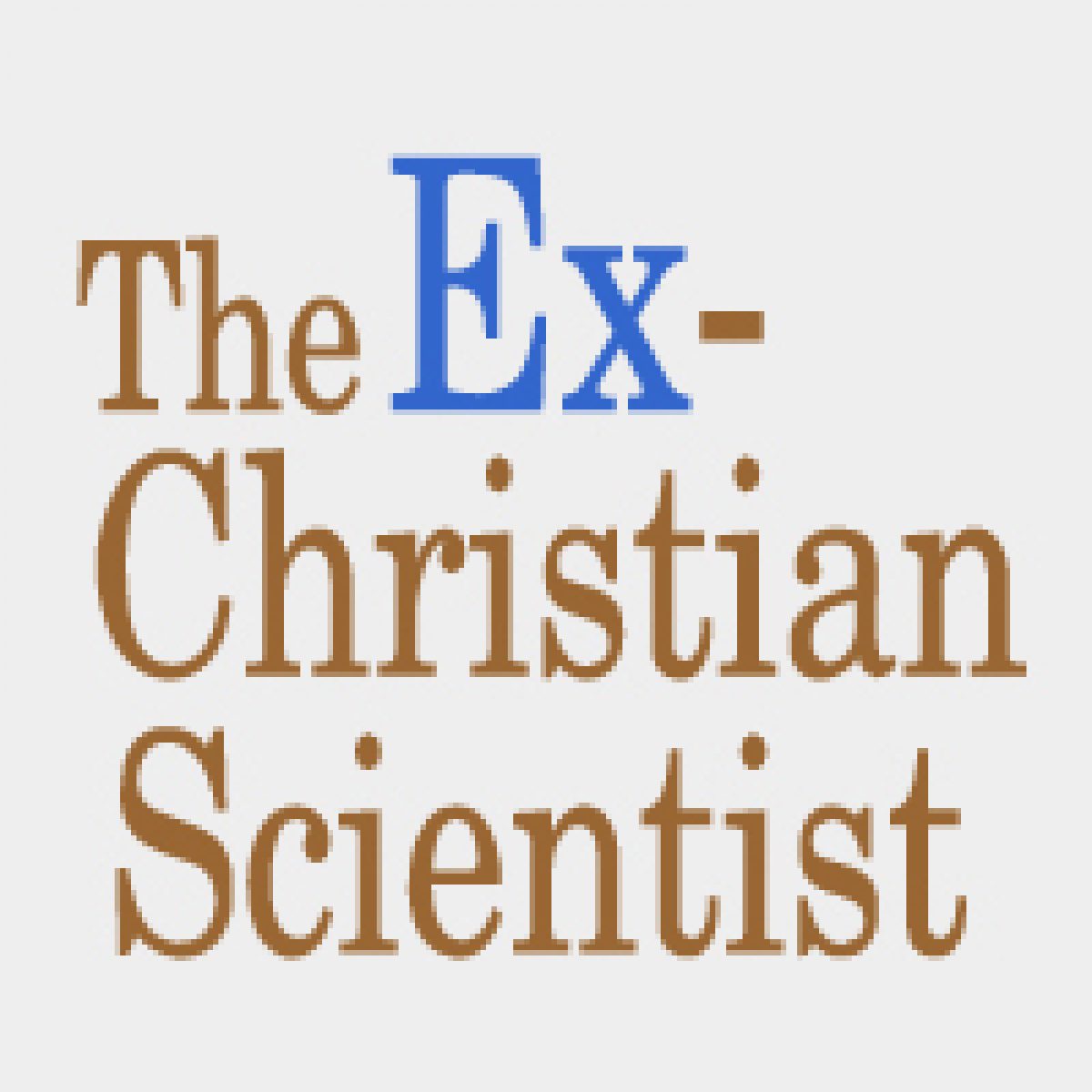
By Susanna, an Ex-Christian Scientist Group contributor. Susanna is a pseudonym, to ensure anonymity.
I studied American history in college and especially women’s history, and that was the first glimmer of a way of understanding the context of Christian Science in terms of what Mary Baker Eddy and her followers experienced in the 19th and early 20th centuries.
There was profound ignorance about our bodies and the reasons that people of all ages suddenly fell sick and died, so the public’s fear and superstition regarding doctors at the time is understandable. There was shame and fear associated with practically all aspects of womanhood—pregnancy, menstruation, sexuality. I can imagine that anything that seemed to make sense of the physical world in a way that gave people a sense of control and order would have been very welcome. Doctors were essentially untrained caretakers, and the field was full of both well-meaning ignorance and greedy quackery. Mary Baker Eddy and the people of her time never could have envisioned the kind of advanced health infrastructure and workforce that we have today, or the ways that most people are able to take charge of their own health care in this era.
Over the course of the twentieth century, advances in medical care and the availability of drugs like penicillin and vaccinations were matched by a steady decline in Christian Science adherents. Those who remain are overwhelmingly white, privileged, mostly older Americans with a sprinkling in Europe and elsewhere. They are, disproportionately, people who are living in relative comfort, highly educated, and with the lowest risk factors for disease in the history of the world. It is easy, therefore, for them to credit Christian Science for their good fortune, until it is shattered by accident, disease, or mental illness.

This site offers support resources to help individuals negotiate a transition in a manner that best fits their needs and convictions. We do not advocate any one particular path but acknowledge that there are many legitimate pathways that can be personally and spiritually fulfilling.